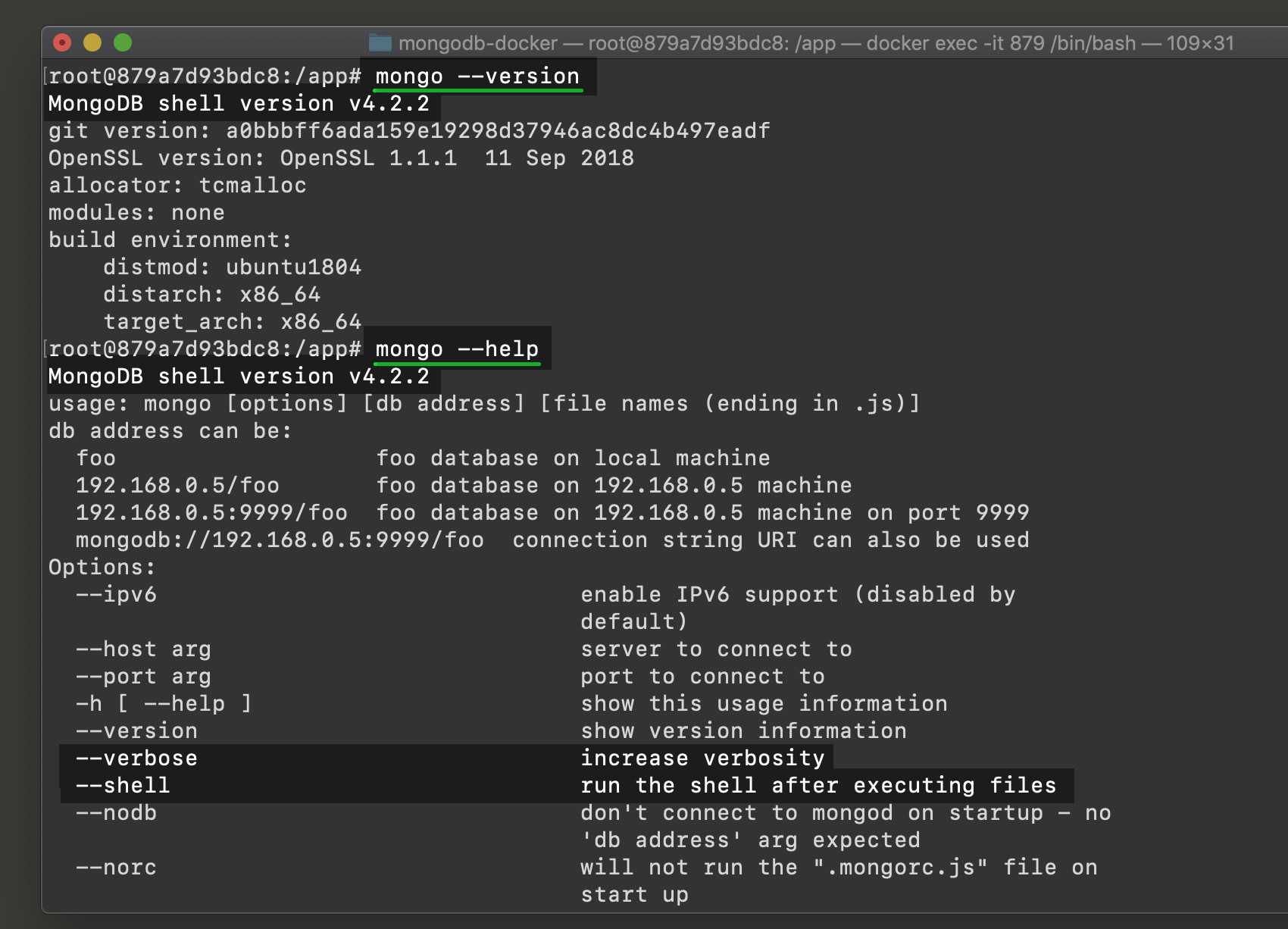

- #CENTOS HOW TO INSTALL MONGO SHELL UPDATE#
- #CENTOS HOW TO INSTALL MONGO SHELL UPGRADE#
- #CENTOS HOW TO INSTALL MONGO SHELL LICENSE#
Refer to MongoDB Getting Started Guides for more information. Well, there is a lot more to learn on how to use MongoDB. To create MongoDB database user with read/write privileges. Userdetails > db.userdetails.find().pretty() Switched to db testdatabase > show collections Take for example, to list the content of the collection created above > use testdatabase To show the data contained in a MongoDB database collection db. To list database collections show collections You can now insert data into your new database. To create MongoDB database, simply switch to a new database (non-existing databases) by specifying the name of the database to create and insert data into it. To use a specific MongoDB database, simply run use database-name For example to list available databases > db cat > /etc//mongodb.repo /etc//mongodb.repo įrom the MongoDB shell, you can run your database management commands. Run the command below to start a mongo shell on the same host machine using the localhost address (in this case 127.0.0.1) and port that the mongod listens on by running the command below mongo -host 127.0.0.The repository created below is for installing MongoDB 4.2 on CentOS 8. You can also cerify that the mongod process has started successfully by checking the contents of the log file at /var/log/mongodb/mongod.log Issue the following command to view the status of mongod: sudo service mongod status Issue the following command to start mongod: sudo service mongod start Use the official MongoDB mongodb-org packages, which are kept up-to-date with the most recent major and minor MongoDB releases. Note: The unofficial mongodb package provided by Ubuntu is not maintained by MongoDB and conflict with MongoDB’s officially supported packages. The first one permits the installation of the MongoDB packages and the second one imports a GPG key. You can install a specific version of MongoDB by specifying each component package individually along with the version number, as in the following example: sudo apt-get install -y mongodb-org=4.0.3 mongodb-org-server=4.0.3 mongodb-org-shell=4.0.3 mongodb-org-mongos=4.0.3 mongodb-org-tools=4.0.3 We can install the mongodb-org package from the third-party repository using the yum utility. To install the latest stable version of MongoDB, run the command below: sudo apt-get install -y mongodb-org So, if you are currently running MongoDB (lower than 4.2.1 version) on CentOS 7 and thinking to migrate the server, then you also got to consider upgrading MongoDB. This means you can’t install the previous MongoDB version, like the 3.x series.
#CENTOS HOW TO INSTALL MONGO SHELL UPDATE#
Run the following command to reload the local package database: sudo apt-get update Support for CentOS 8 is available from MongoDB 4.2.1. You can view the list using the command below: cat /etc/apt//mongodb-org-4.0.list Run the command below to create the list file for MongoDB 4.0: echo "deb xenial/mongodb-org/4.0 multiverse" | sudo tee /etc/apt//mongodb-org-4.0.list Run the following command to import the MongoDB public GPG Key: sudo apt-key adv -keyserver hkp://:80 -recv 9DA31620334BD75D9DCB49F368818C72E52529D4 dpkg and apt) ensure package consistency and authenticity by requiring that distributors sign packages with GPG keys. The Ubuntu package management tools (i.e.

Step 1: Import MongoDB Community Edition Public Key:
#CENTOS HOW TO INSTALL MONGO SHELL UPGRADE#
This is done with the command below: sudo apt-get update & sudo apt-get upgrade It is always recommended that you update the system to the latest packages before beginning any major installations. Once you have signed up, log into your Cloudwafer Client Area and deploy your Cloudwafer cloud server. Take a moment to create an account after which you can easily deploy your own cloud servers. If you have not already registered with Cloudwafer, you should begin by getting signed up. To install MongoDB on CentOS 7, you can follow the guide here In this guide, we will explain how to install and configure MongoDB on an Ubuntu 16.04 server. Key features of MongoDB includes High Performance, Rich Query Language, High Availability, Horizontal Scalability, and Support for Multiple Storage Engines.
#CENTOS HOW TO INSTALL MONGO SHELL LICENSE#
and is published under a combination of the GNU Affero General Public License and the Apache License. MongoDB is an open-source document database that provides high performance, high availability, and automatic scaling.


 0 kommentar(er)
0 kommentar(er)
